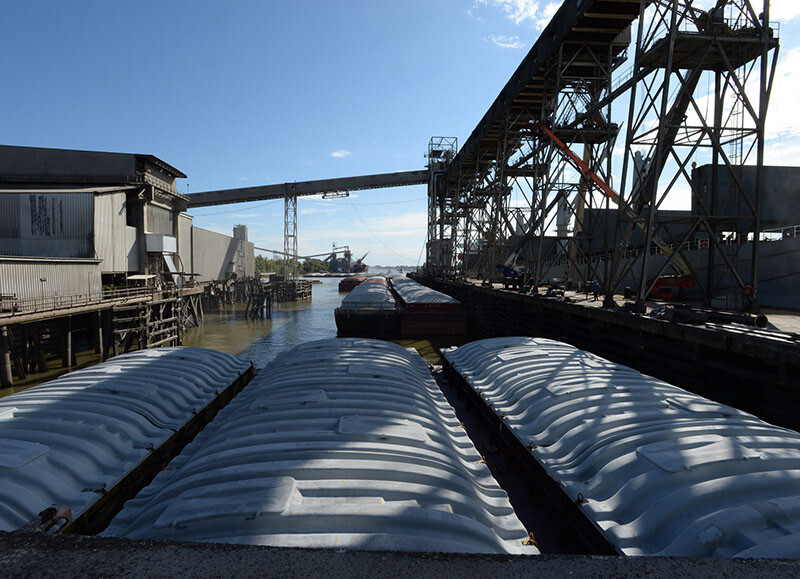For the week ending Nov. 13, barged grain movements totaled 888,754 tons. This was 45% higher than the previous week and 4% lower than the same period last year. For the week, 13, 557 grain barges moved down river — 180 barges more than the previous week. There were 908 grain barges unloaded in the New Orleans region, 3% more than last week.
For the week ending Nov. 11, 39 oceangoing grain vessels were loaded in the Gulf — 5% fewer than the same period last year. Within the next 10 days (starting Nov. 5), 64 vessels were expected to be loaded — 3% fewer than the same period last year. As of Nov. 11, the rate for shipping a metric ton (mt) of grain from the U.S. Gulf to Japan was $78. This was 8% lower than the previous week. The rate from the Pacific Northwest to Japan was $42.00 per mt, 7% lower than the previous week
The recently signed Infrastructure Investment and Jobs Act will invest roughly $17 billion in port and waterways infrastructure. About two-thirds of this funding is expected to be used toward construction and major habitat restoration projects, and the rest toward operations and maintenance and other projects. The law includes a total of $2.5 billion of 100% Federal funding for authorized U.S. Army Corps of Engineers (USACE) construction and major rehabilitation projects on inland waterways. Projects will receive priority based on the recommendations included in the USACE 2020 Capital Investment Strategy. USACE’s Operations and Maintenance account under the Civil Works mission is expected to receive $4 billion. Within 60 days of the bill’s enactment, USACE’s Chief of Engineers must submit a project-specific spending plan to House and Senate appropriations committees.




